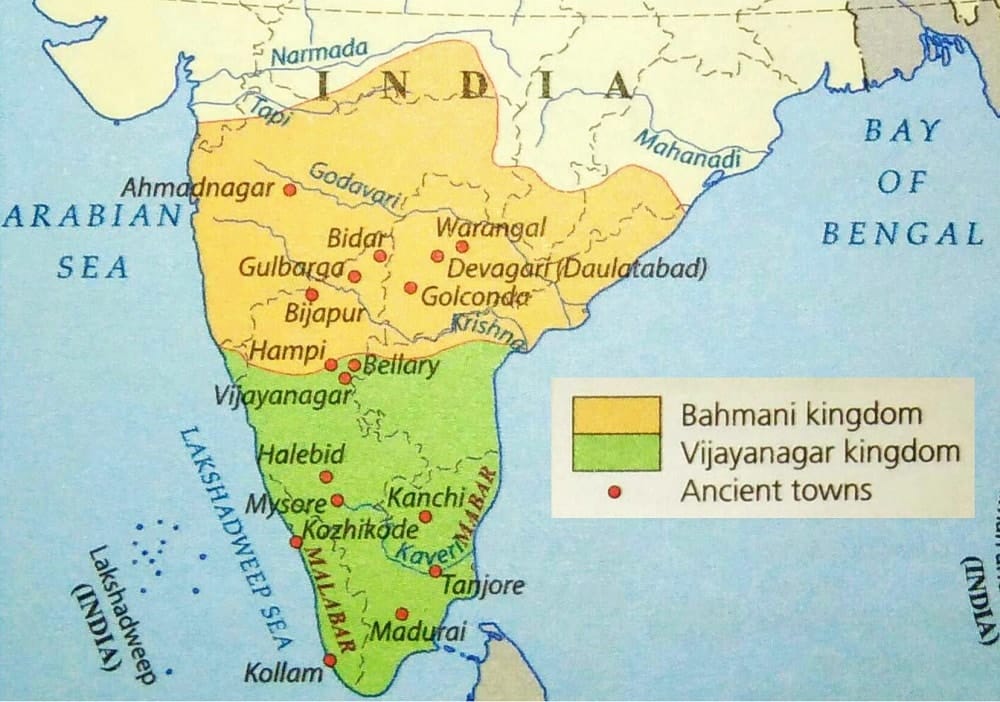The Vijayanagara Empire, also known as the Kingdom of Bisnagar, was one of the most powerful and prosperous empires in South India. The empire was established in 1336 CE by two brothers, Harihara and Bukka, who were originally part of the Hoysala Empire. The capital of the empire was Vijayanagara, which is now known as Hampi and is located in present-day Karnataka.
The Vijayanagara Empire was known for its military might, cultural richness, and architectural splendor. The empire was ruled by a series of kings, who were known as the Sangama Dynasty, the Saluva Dynasty, and the Tuluva Dynasty. Some of the famous rulers of the empire were Harihara I, Bukka I, Krishnadevaraya, and Achyuta Deva Raya.

One of the key factors that contributed to the success of the Vijayanagara Empire was its military strength. The empire had a well-organized army that was supported by a strong navy. The army was composed of infantry, cavalry, and elephants, and was known for its skill in combat. The empire also had a strong system of fortifications, which helped to protect its borders from external threats.
The Vijayanagara Empire was also known for its cultural richness. The empire was a melting pot of different cultures and religions, and was home to people from different parts of India as well as from other countries. It was a patron of the arts, and literature, music, dance, and painting flourished during its reign. The empire was also known for its architectural splendor, and many of its temples and palaces are still standing today.
The architecture of the Vijayanagara Empire was characterized by a unique style that combined elements from different cultures. The empire’s temples, in particular, were known for their intricate carvings and sculptures, and were built using a combination of stone and brick. Some of the famous temples of the empire include the Virupaksha Temple, the Hazara Rama Temple, and the Vittala Temple.
The decline of the Vijayanagara Empire began in the late 16th century, when it was attacked by a coalition of Muslim rulers. The empire was weakened by the constant warfare, and was eventually defeated by the combined forces of the Deccan sultanates in 1565 CE. The fall of the empire marked the end of an era of cultural and architectural richness in South India.
Vijayanagara Empire was one of the most powerful and prosperous empires in South India. Its military might, cultural richness, and architectural splendor have left a lasting legacy that is still evident today. Despite its decline, the empire continues to inspire and fascinate people from all over the world.
Other related articles:
Position of Post-Independence India



